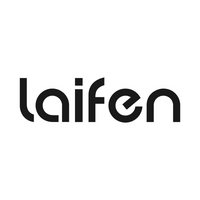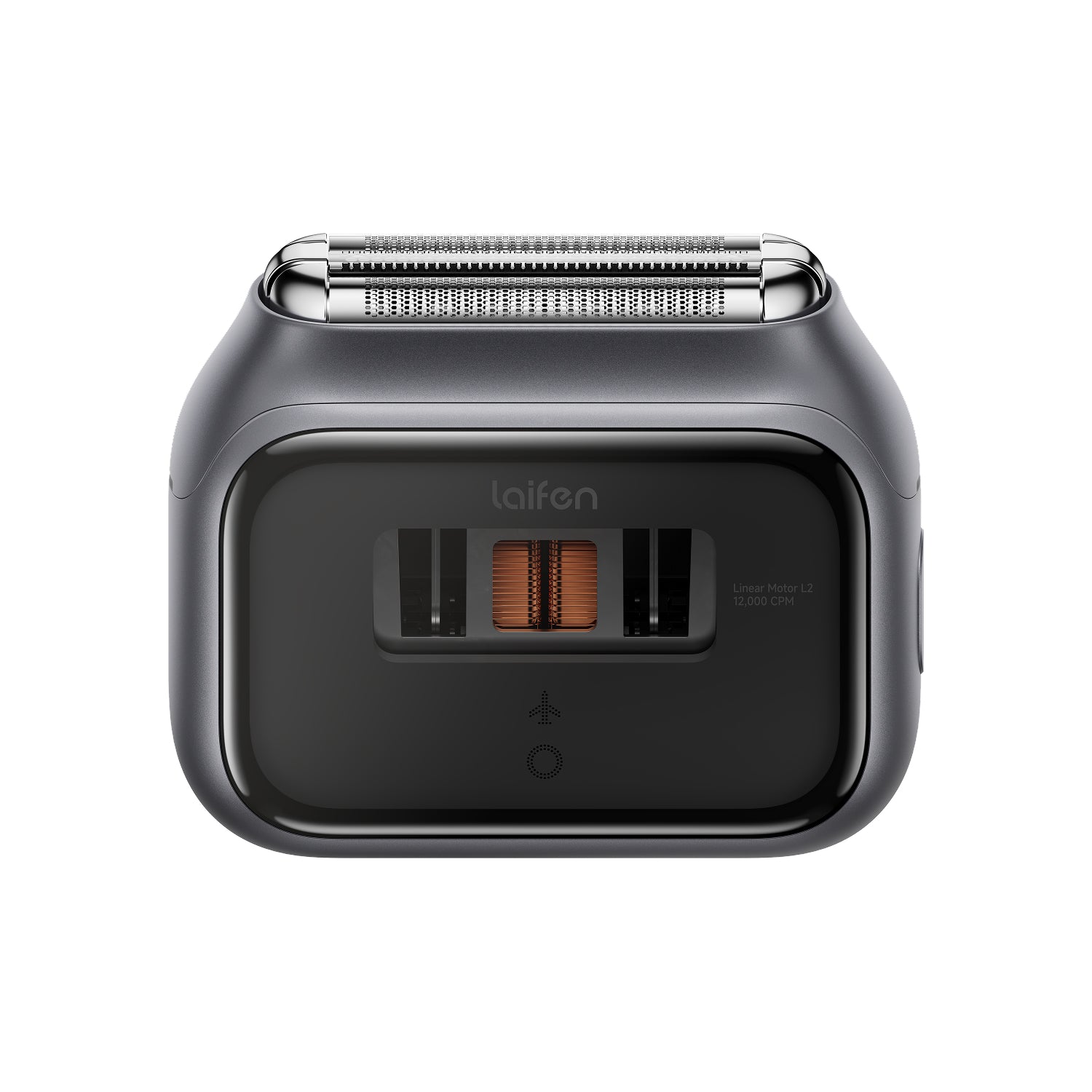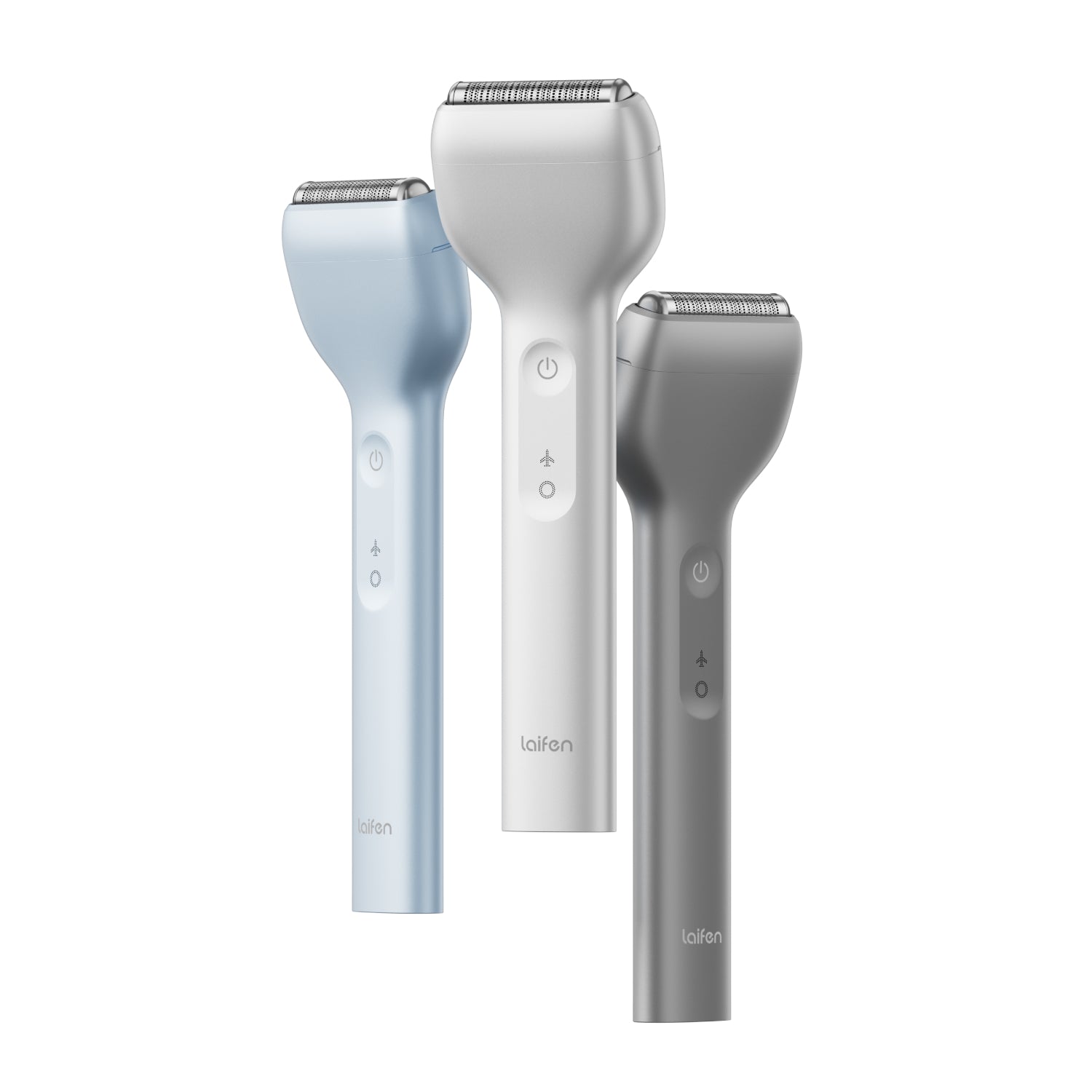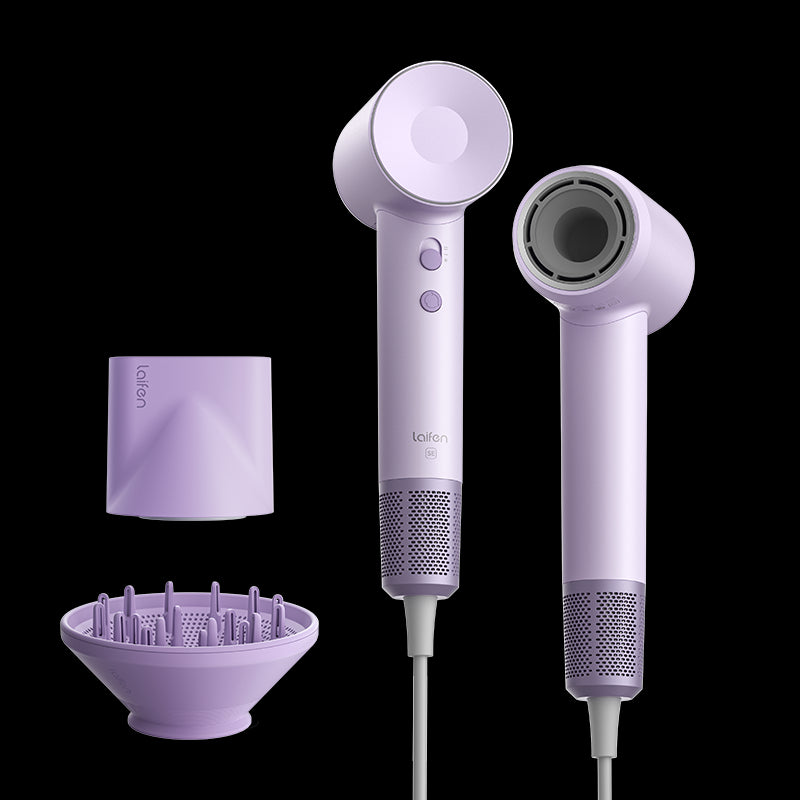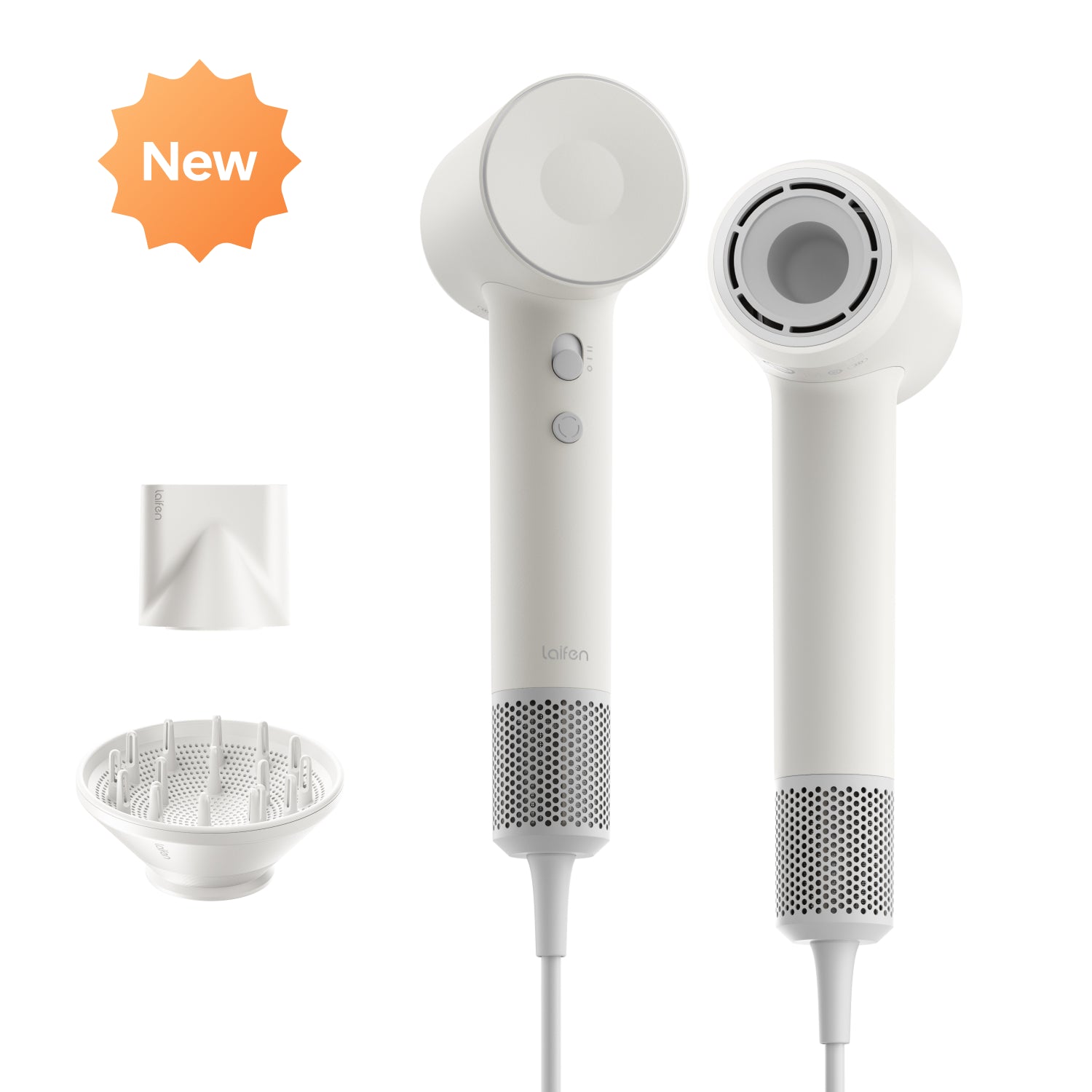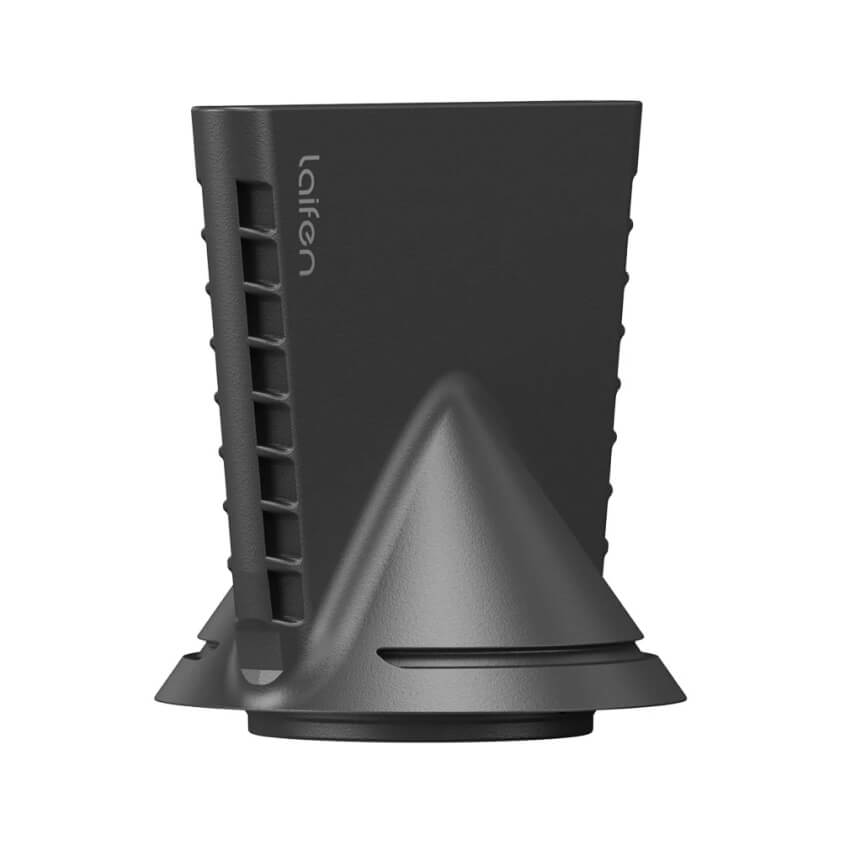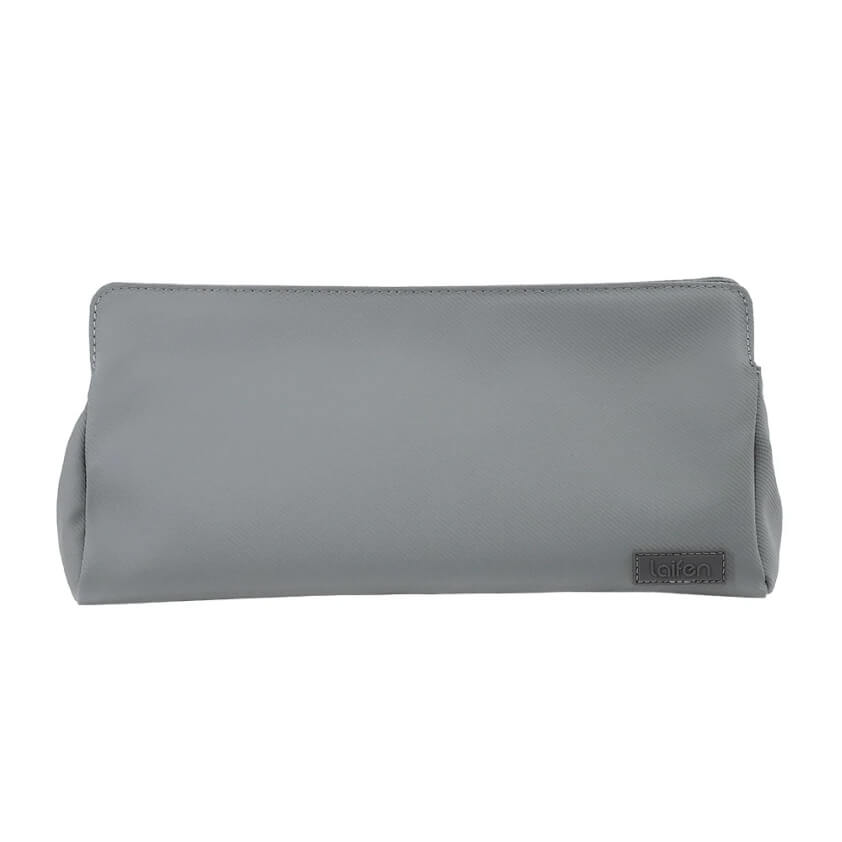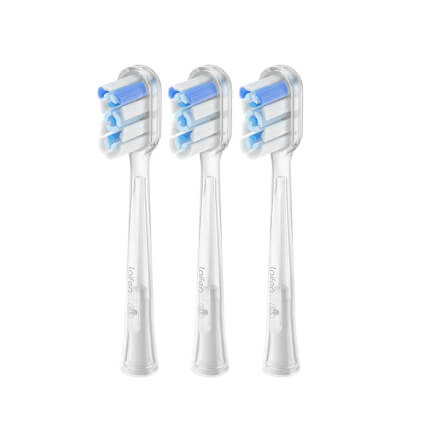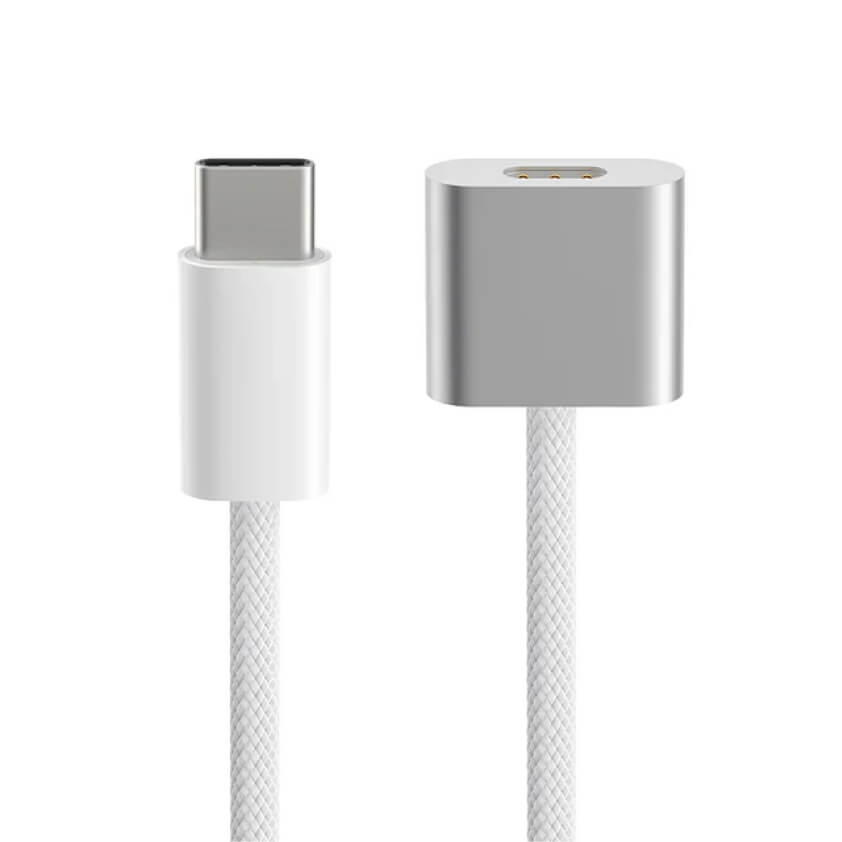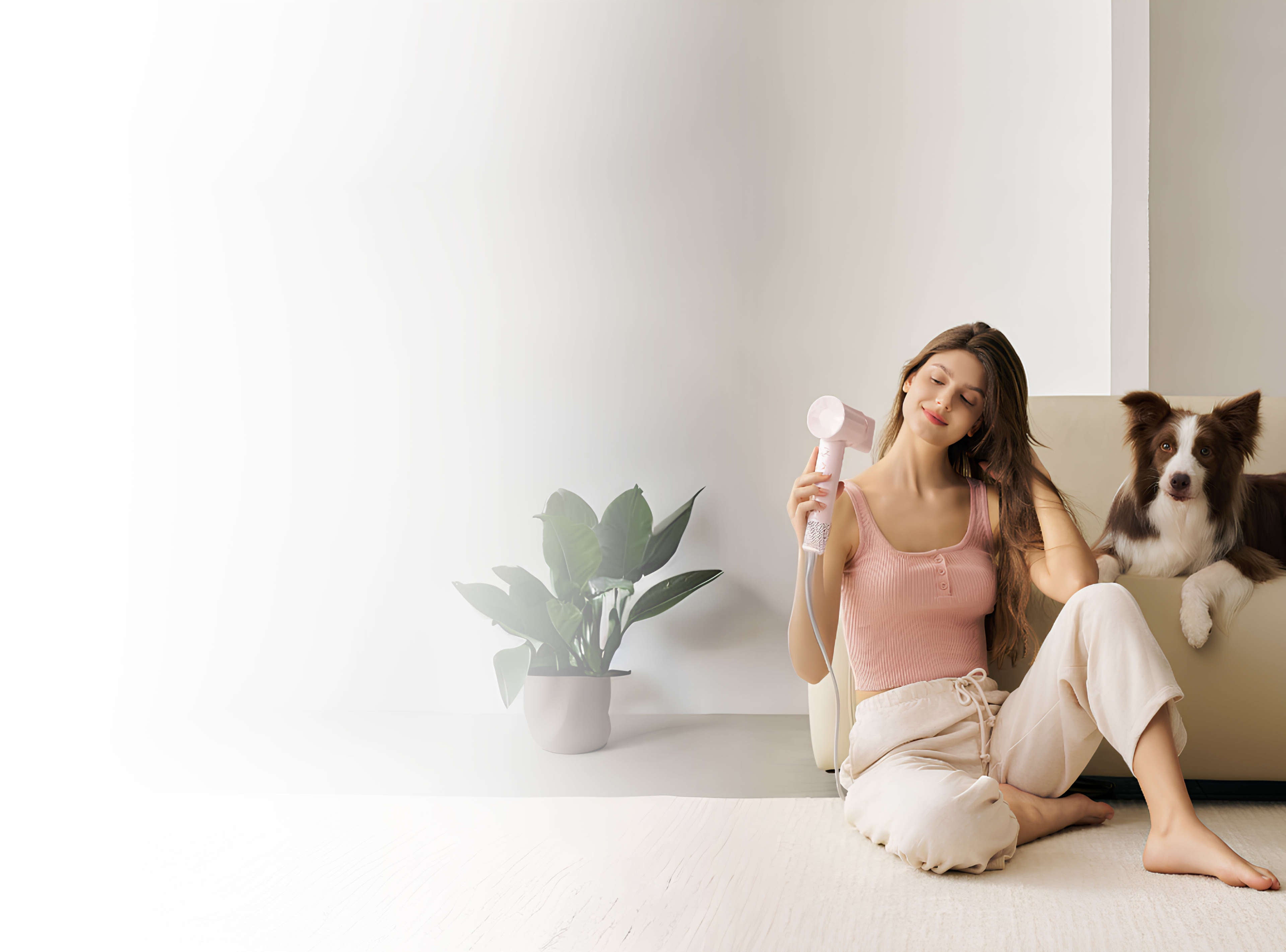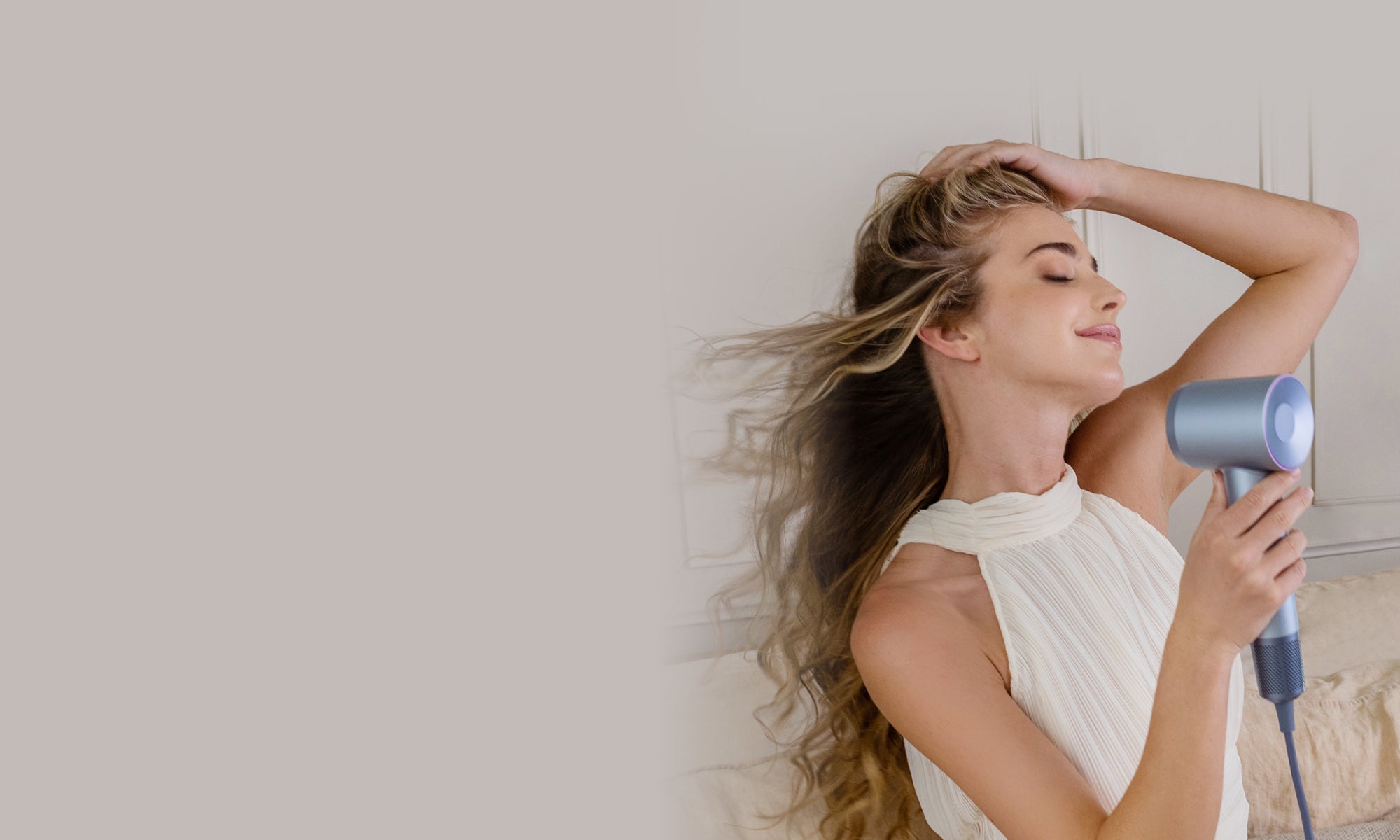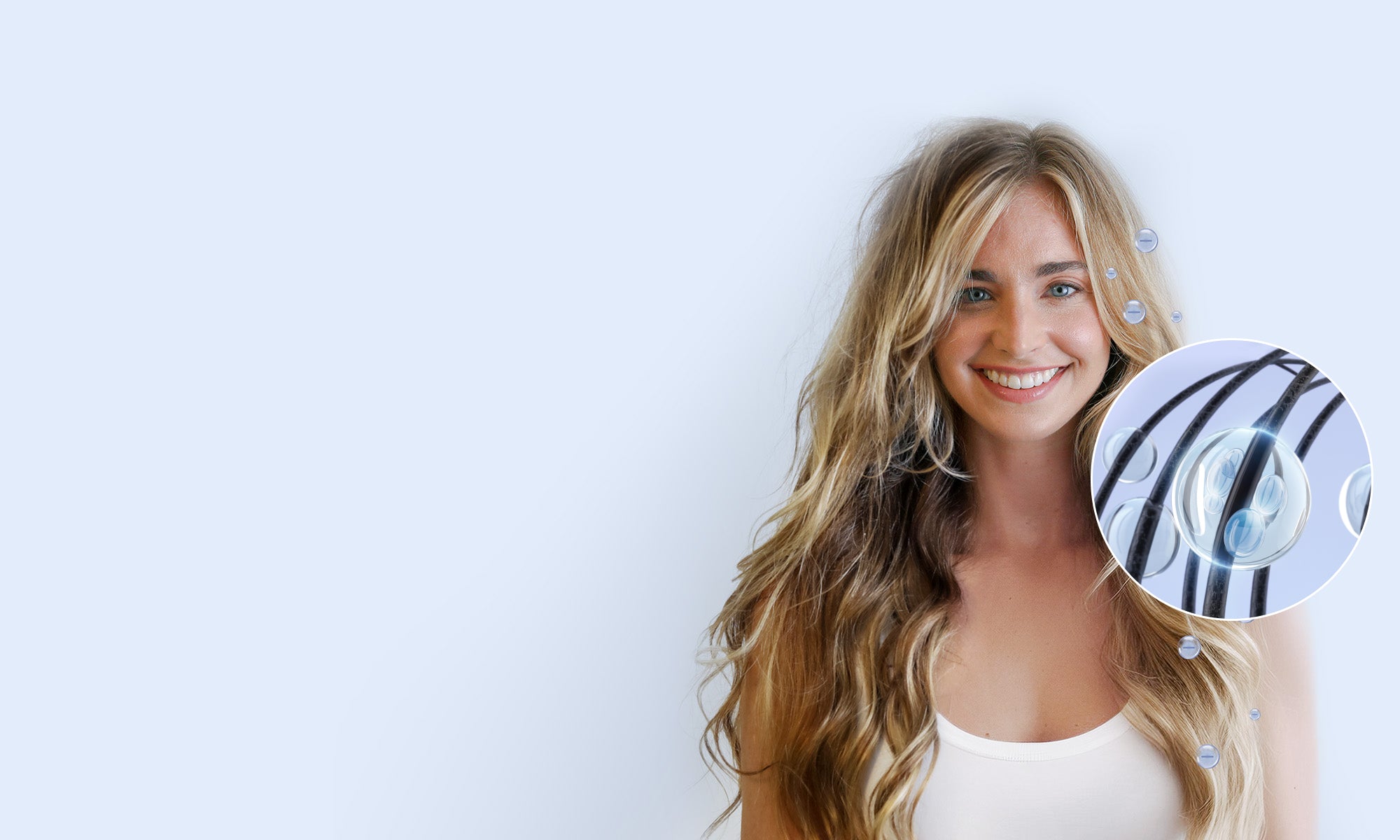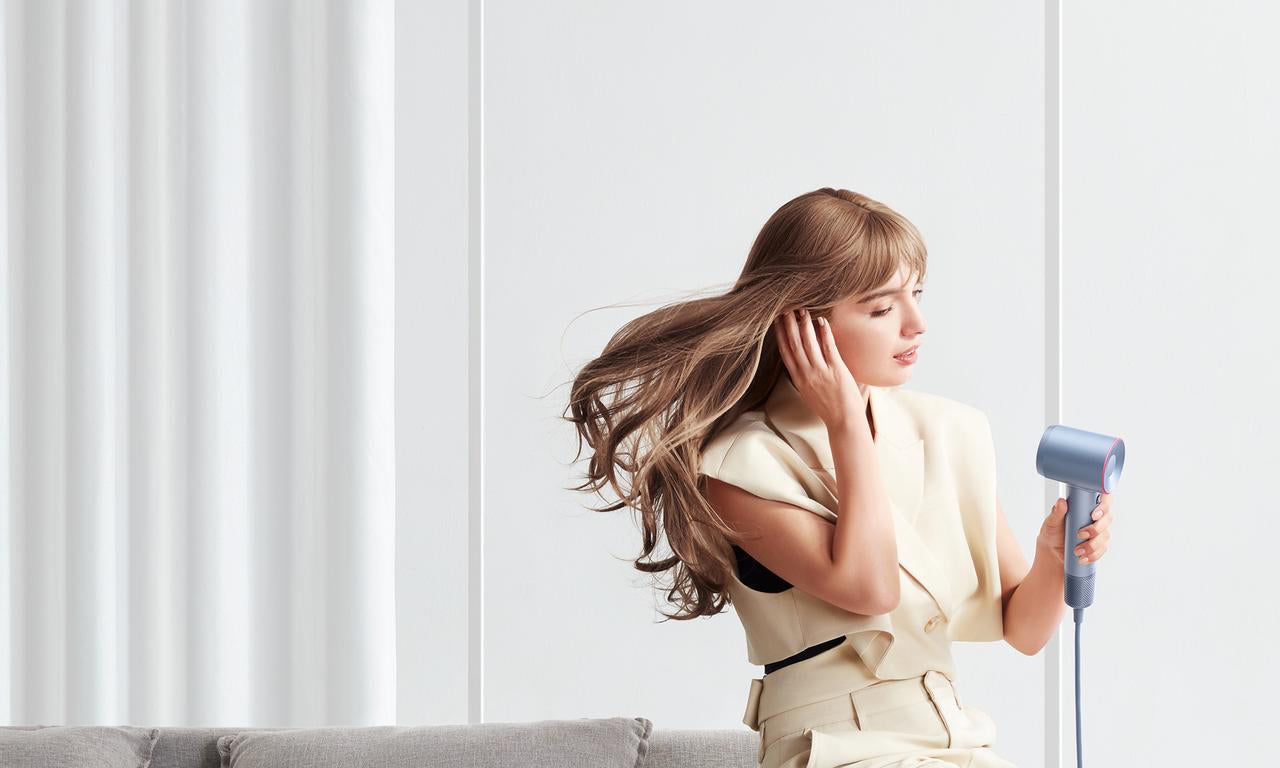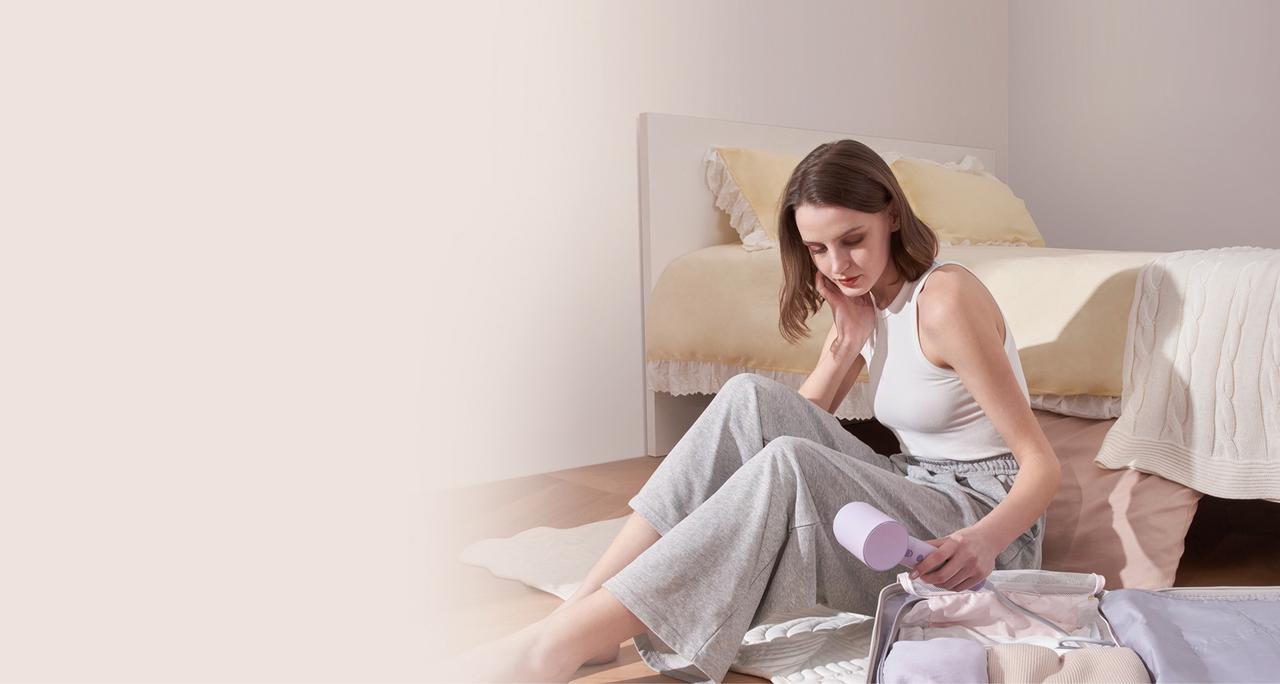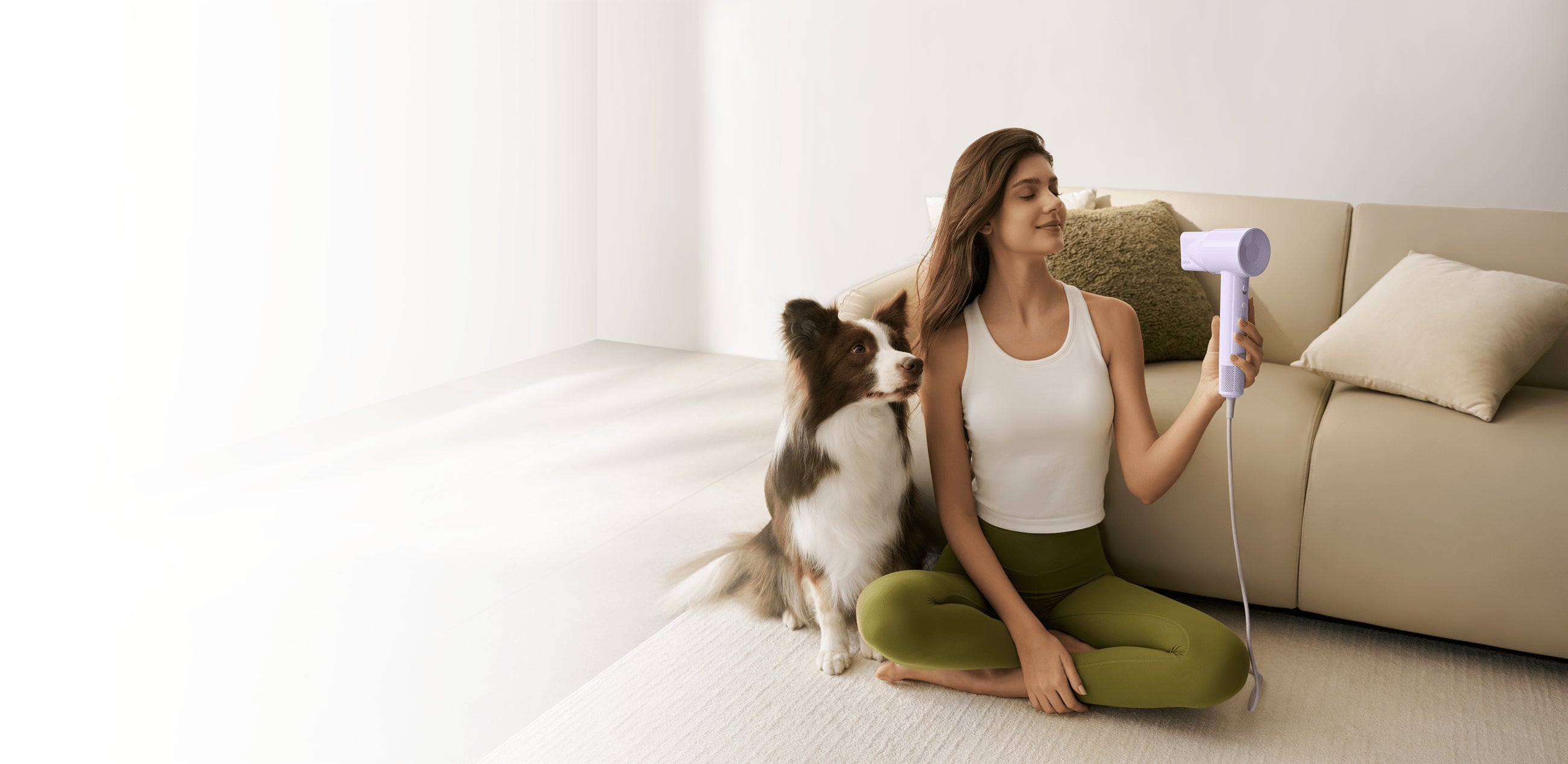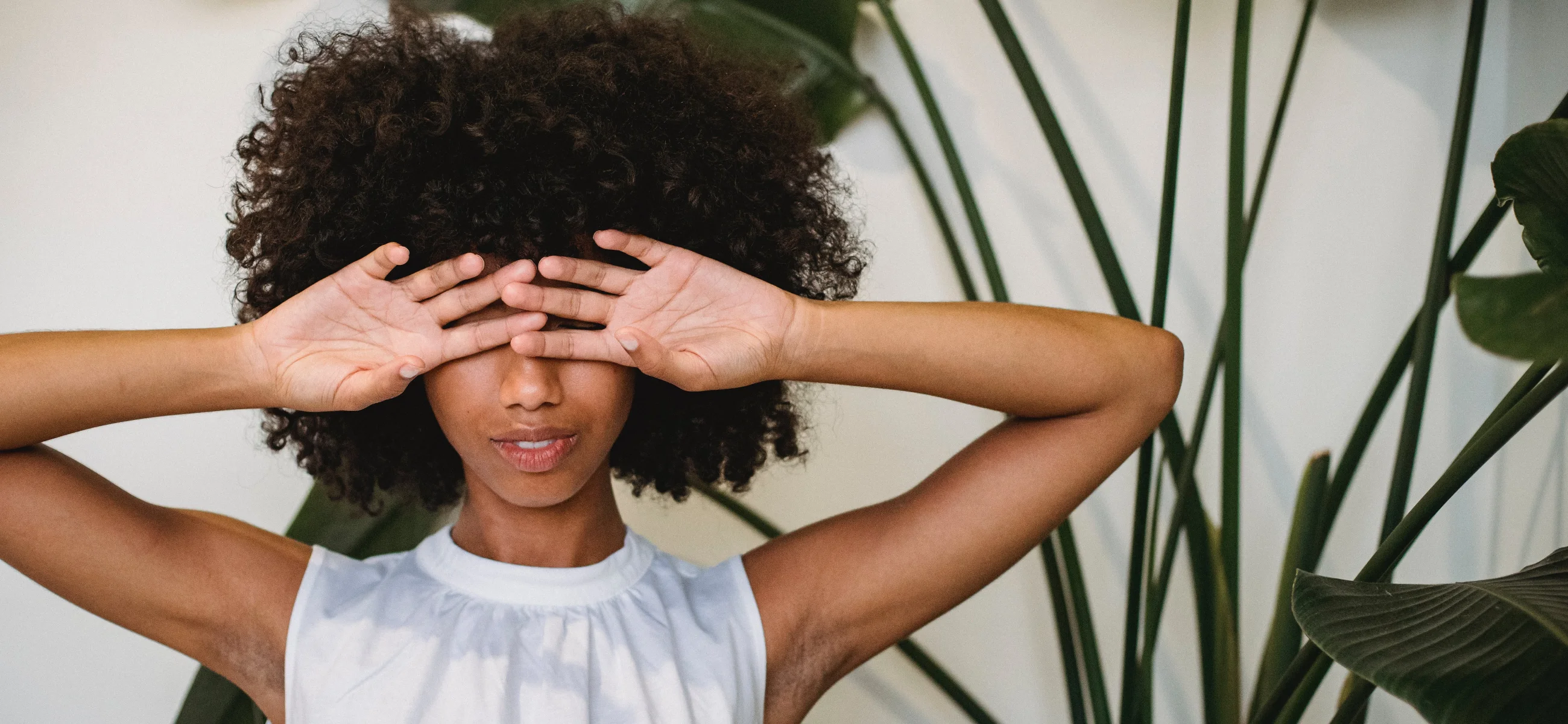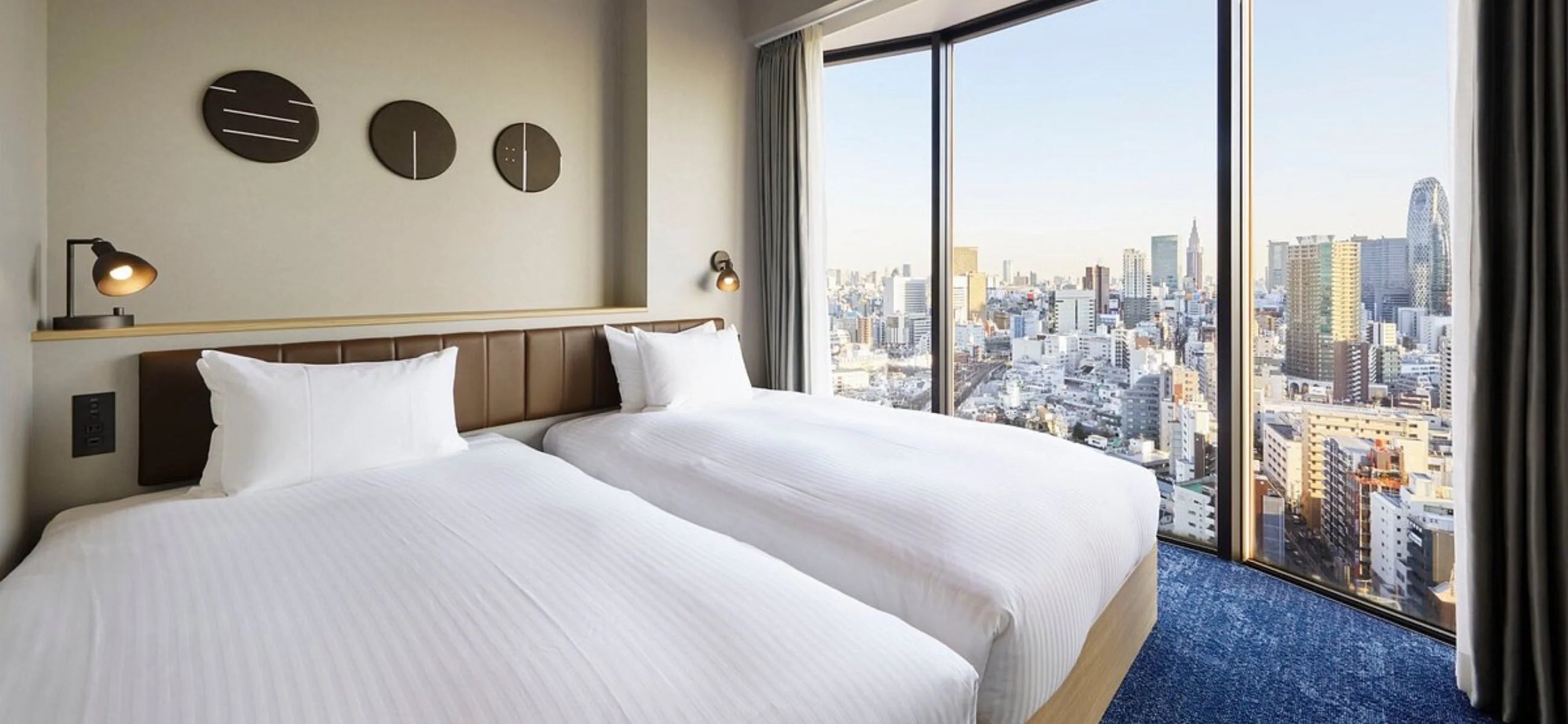
In this article
“What's the difference between air dry vs. blow dry?” - Sophia
- Cons:
However, letting your hair air dry can increase the chance of bacteria or even mold growing on your scalp. Sleeping with wet hair can promote bacteria growth on pillowcases and your scalp due to the lack of airflow. As a result, your hair remains wet longer, promoting bacteria growth that results in an itchy and foul-smelling scalp.
How to air dry your hair quickly?
Should you blow dry your hair after washing?
What is blow drying? Blow drying your hair requires a heated tool to tame frizz and evaporate moisture for smooth hair. It's perfect for styling your hair how you want, and you can use styling attachments for your hair texture and styling goals. Let's review the various benefits and downsides that come with blow drying your hair.
- Pros:
Blow drying your hair can help tame stubborn frizz and make it more manageable. Furthermore, it can help you dry your hair quickly when you're in a time crunch. Lastly, you won't have to worry about sleeping with wet hair overnight if you blow dry it after an evening shower.
-
Cons:
However, overreliance on heated styling tools can put your hair at risk of damage. As a result, your hair can feel rough and dry, accelerating split ends. High heat can also burn your hair and scalp, leaving it irritated and inflamed. Blow-dried hair contains fewer moisture levels while air-dried hair won’t reduce moisture levels because it won’t generate heat.
How to blow dry your hair healthily?
Time to demystify the secrets of healthy blow-drying. We've got the tips and tricks to ensure your hair not only looks fab but stays wonderfully healthy. Let's embark on a journey to master the art of proper and healthy blow-drying. Ready to glam up those locks? Let's go!

Commence with a gentle pre-dry sectioning
Embark on a healthy blow-drying routine by sectioning your hair gently. This preliminary step ensures an even drying process and sets the foundation for a flawless finish.
Opt for a heat protectant shield
Prioritize hair health by applying a robust heat protectant. This shields your strands from excessive heat exposure during the blow-drying process, minimizing the risk of damage.
Begin blow-drying at the roots
Initiate the blow-drying process at the roots to create volume. This strategic start lifts the hair from the roots, contributing to a bouncy and vibrant end result.
Employ a concentrator nozzle for precision
Enhance precision in your blow-drying technique by attaching a concentrator nozzle. This targeted approach allows you to direct airflow precisely, achieving the desired style with finesse.
Maintain a moderate heat setting
Promote healthy hair by choosing a moderate heat setting on your blow dryer. This strikes a balance between effective drying and preventing excessive heat-induced damage, ensuring your hair remains vibrant and resilient.
Conclude with a cool shot finish
Seal the deal with a cool shot finish to set your style. This final touch not only reduces frizz but also adds a glossy finish, leaving you with a healthily blow-dried and stylish mane.
What is the difference between blow drying and air drying?
Ever wondered about the real deal between blow drying and air drying your hair? This quick guide spills the beans on speed, heat, styling control, frizz, hair health, convenience, and the environment. Whether you're after a quick fix or a laid-back routine, we're breaking down the differences for your hair care game.
| Blow drying | Air drying | |
| Speed | Offers a quicker drying time, making it ideal for those with a busy schedule. | Takes a longer time, as it relies on natural evaporation. |
| Heat exposure | Involves exposure to heat, which can potentially cause damage to hair over time. | Minimizes heat exposure, preserving the natural texture of the hair and reducing the risk of damage. |
| Styling control | Provides more control over styling, allowing you to achieve specific looks and volume. | Results in a more natural and effortless appearance, with less control over styling. |
| Frizz control | Can contribute to frizz reduction, especially with the use of styling products and techniques. | May lead to a more textured and voluminous look, but frizz control depends on hair type and products used. |
| Hair health | Regular use may lead to hair damage, but using heat protectants can mitigate potential harm. | Generally considered gentler on hair, promoting overall hair health. |
| Convenience | Convenient for those in a hurry or seeking specific styling results. | Requires more time but is convenient for a low-maintenance routine. |
| Environmental impact | Consumes energy, contributing to environmental impact. | Environmentally friendly, as it doesn't require additional energy. |
Conclusion
When it comes to blow dry vs. air dry, the choice needs to be made based on individual circumstances. At the same time, there are many hair dryers on the market such as Laifen that can avoid the risks brought by blow drying while getting the experience brought by air drying.
To prevent losing moisture level in hair after blowing, Laifen offers designed negative ionic hair dryers that dry your hair quickly while taming frizz and texture. Best of all, our high-speed hair dryer uses a powerful brushless motor and negative ion tech that's quiet and won't disturb others in your home.
Frequently asked questions
Q1: How many different ways to blow dry hair?
There are several techniques to blow dry hair, each offering unique results. You can opt for the classic all-over blowout, targeted styling for volume, or even a cool blast to set your style. The choice depends on your hair type and the look you're aiming for.
Q2: Which is the fastest way to dry hair?
When speed is of the essence, using a high-speed salon quality hair dryer with advanced technology is your best bet. Look for features like a powerful motor and efficient heat distribution. These elements work together for a quicker drying time, perfect for those on the go.
Q3: Which is the safest way to make our hair dry?
The safest way to dry hair involves using a moderate heat setting, applying heat protectant products, and maintaining a reasonable distance between the dryer and your hair. Additionally, incorporating air drying into your routine occasionally can reduce overall heat exposure, promoting healthier strands.
Q4: Which tools could be used to help dry hair?
Beyond the trusty blow dryer, various tools assist in the drying process. Diffusers enhance natural curls, concentrator nozzles allow precision styling, and round brushes aid in creating sleek looks. Having the right tools in your arsenal ensures versatility in achieving different styles and textures.
Q5: Which is the best blow dryer that comes with no heat damage?
Achieving a balance between effective drying and minimal heat damage involves choosing a blow dryer with adjustable heat settings, incorporating negative ion technology, and using heat protectant products. Look for reputable brands known for prioritizing hair health in their dryer designs. SE, Swift Special, and Swift Premium are popular choices that emphasize both speed and hair care.

